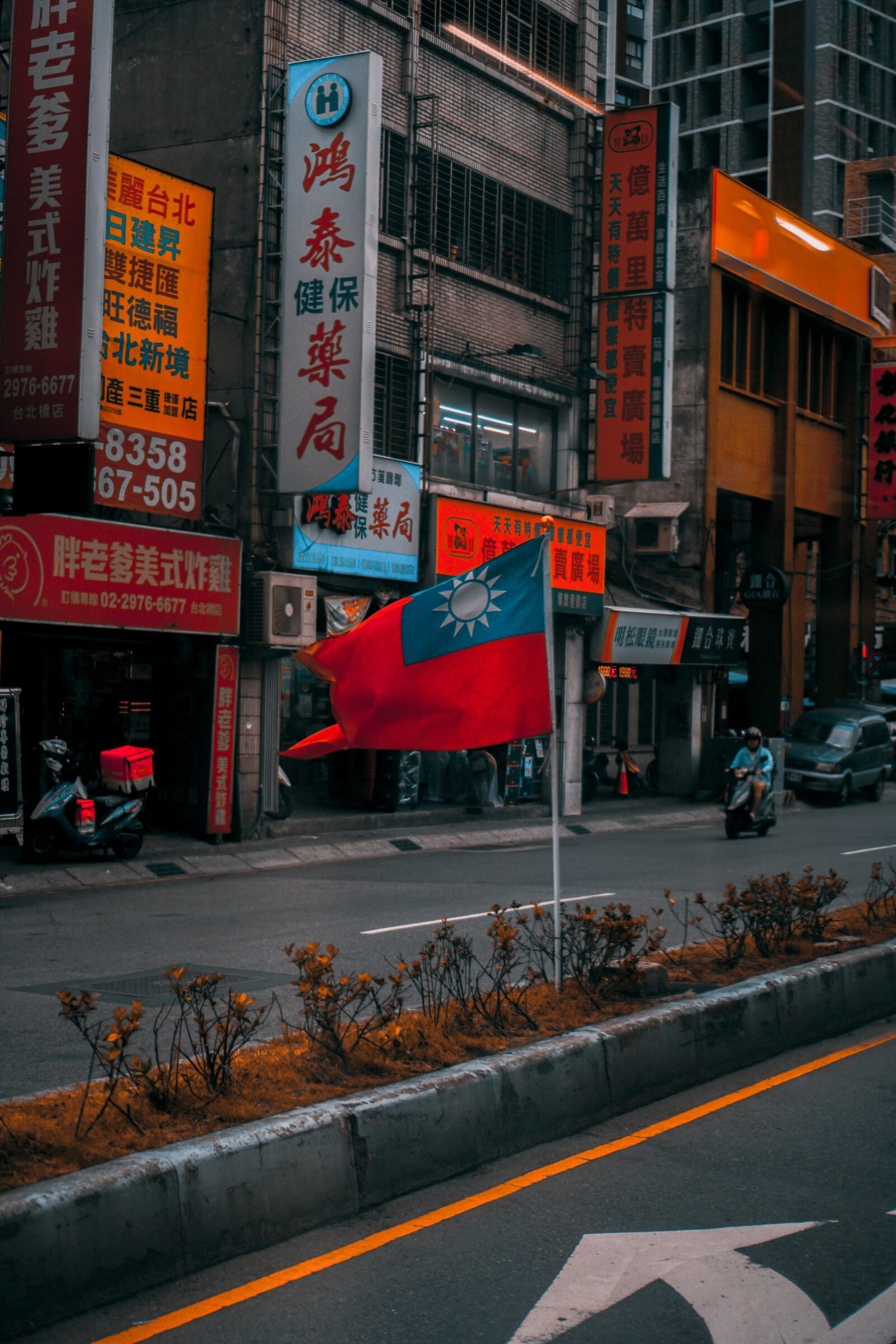Electronics have become an indispensable part of daily life for most of the world. People pick up their electronic devices without thinking twice, and often without purpose. One key element of these electronics is microchips, also known as semiconductors. Semiconductors are in various electronics ranging from small, everyday devices like your phone and microwave to military weapons systems. This versatility and utility to the public and the military make them invaluable to any nation that can access them. Currently, China and the United States are the leading purchasers of semiconductors, each striving to achieve a military and economic advantage over the other in their competition for the top position on the international stage.
At present, Taiwan is the leader in semiconductor manufacturing. Taiwanese state-owned company Taiwan Semiconductor Manufacturing Company (TSMC) is the world’s leading manufacturer by a large margin. TSMC alone produces almost 70% of the world’s microchips and over 90% of the most advanced semiconductors. In America, Congress reports that only 12% of the global market share of semiconductors is manufactured domestically, a decline from 37% in 1990. This results in significant American dependence on Taiwan.
Due to the production of the Taiwanese semiconductor industry, China, which has threatened Taiwan with invasion for decades, has yet to fulfill its threats. This production of microchips has created an impenetrable utilitarian forcefield, making Taiwan untouchable to China, as China needs the advanced chips Taiwan produces. As China continues to make threats of invasion against Taiwan, the United States has stood by Taiwan, promising to protect it from China and pledging U.S. troops to be on Taiwanese soil in the event of an invasion. Through this, the diplomatic bond between Taiwan and the United States has grown significantly, with Speaker of the House, Nancy Pelosi, visiting Taiwan in Aug 2022.
It is important to note that despite the United States promising military protection to Taiwan, this is not the United States’ official foreign policy stance. Officially, the United States recognizes China’s One-China policy, agreeing that Taiwan is a part of mainland China and that China has sole legal control over Taiwan for geopolitical reasons. Officially, the United States and Taiwan do not have diplomatic relations.
On May 15, 2022, TSMC announced that it would be building a fab, a semiconductor manufacturing center, in Arizona. This was a big win for the U.S. semiconductor industry. With a $40 billion investment and the expertise that TSMC will bring, U.S. production of semiconductors is expected to increase considerably. Furthermore, the Arizona TSMC fab is projected to produce three-nanometer semiconductors by 2026, the second most advanced type of semiconductor currently available. TSMC’s fabs in Arizona have several implications on a global scale that may only be realized after a period of time.
The most obvious implication is that creating a fab in Arizona would naturally strengthen the relationship between Taiwan and the United States. With a decreased cost in transportation, increased opportunity for trade and improved connections between business leaders in the United States, TSMC and the United States would be expected to develop closer ties. Closer ties between TSMC and the United States could mean that the United States would be more likely to protect Taiwan from a potential Chinese invasion given the value of the semiconductors to the United States. However, it is doubtful that the United States would change its official foreign policy status.
Second, a less obvious implication of the creation of an Arizona fab would be the negative effect on the Taiwanese-American relationship. The fab in Arizona is expected to mostly influence the American semiconductor industry. With an estimated annual revenue of $10 billion, TSMC would make back its initial $40 billion investment in only about four to five years. Furthermore, the American semiconductor industry would gain invaluable expertise that might take years or decades without TSMC.
While this sounds like a win-win situation for both TSMC and the United States, one aspect is easily forgotten. One of the main reasons why Taiwan has U.S. protection is due to Taiwan’s unparalleled semiconductor industry which produces a large majority of the semiconductors used around the world. If Taiwan’s semiconductor industry were to stop producing semiconductors, “no other company will be able to fill the gap in the short term” according to the Council on Foreign Relations.
If the U.S. semiconductor industry were to compete with Taiwan’s after the U.S. industry gained expertise and understanding of TSMC’s methods, then the Taiwanese industry would lose some value as consumers could simply buy from the United States instead of Taiwan. If Taiwan loses this global competitive advantage, it might also lose its bargaining power on the world stage. With a producer that could produce a semiconductor competitive with or better than TSMC’s, global consumers would quickly shift their consumption away from TSMC and towards the new producer.
The potential unravelings of these trends could have negative implications for Taiwan. Without their utilitarian forcefield of the semiconductor industry, the United States may not find a reason to spend resources and risk U.S. lives protecting Taiwan.
Militarily, Taiwan is severely outmatched against China. China’s military budget of $225 billion in 2023 dwarfs Taiwan’s budget of $19 billion. On water, China’s 86 naval ships and 59 submarines would dominate the Taiwan Strait against Taiwan’s 26 naval ships and four submarines. In the air, China operates almost 3,000 aircraft compared to Taiwan’s 500. On land, China operates over 4,000 tanks more than Taiwan and has two million active military personnel compared to Taiwan’s 200,000. Without the U.S. and allies’ protection, Taiwan would be defenseless to a Chinese invasion.
Although it is known that China has wanted to forcefully annex Taiwan for decades, it has stopped short of doing so due to the threat of triggering U.S. protection and the destruction of Taiwan’s valuable semiconductor industry.
However, if the United States were to create a competitive semiconductor industry, it may lose some of its incentive to protect Taiwan. Meanwhile, if China were to believe that the United States would not defend Taiwan and that it could successfully invade Taiwan, China would be more likely to invade Taiwan.
To this end, some experts expect an invasion as soon as 2025. However, Taiwan’s foreign minister predicts conflict in 2027 — marking the 100-year anniversary of the foundation of the People’s Liberation Army with an invasion of Taiwan.







